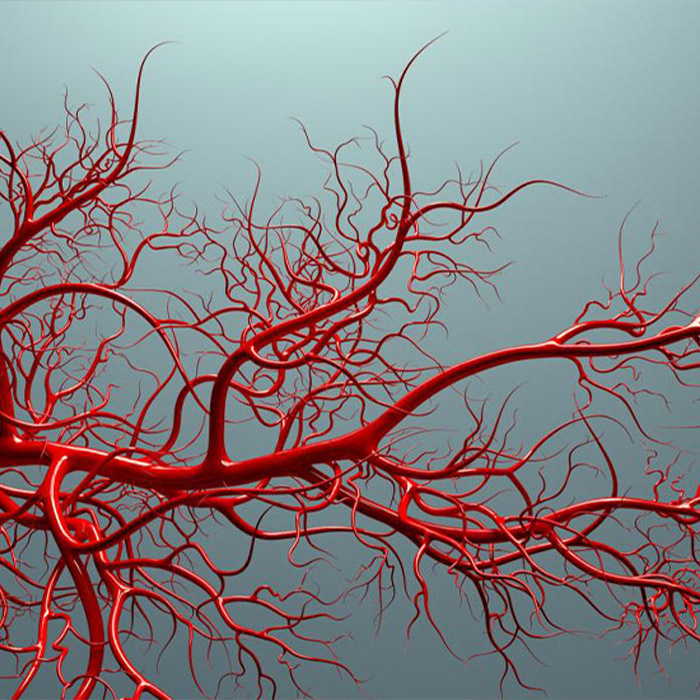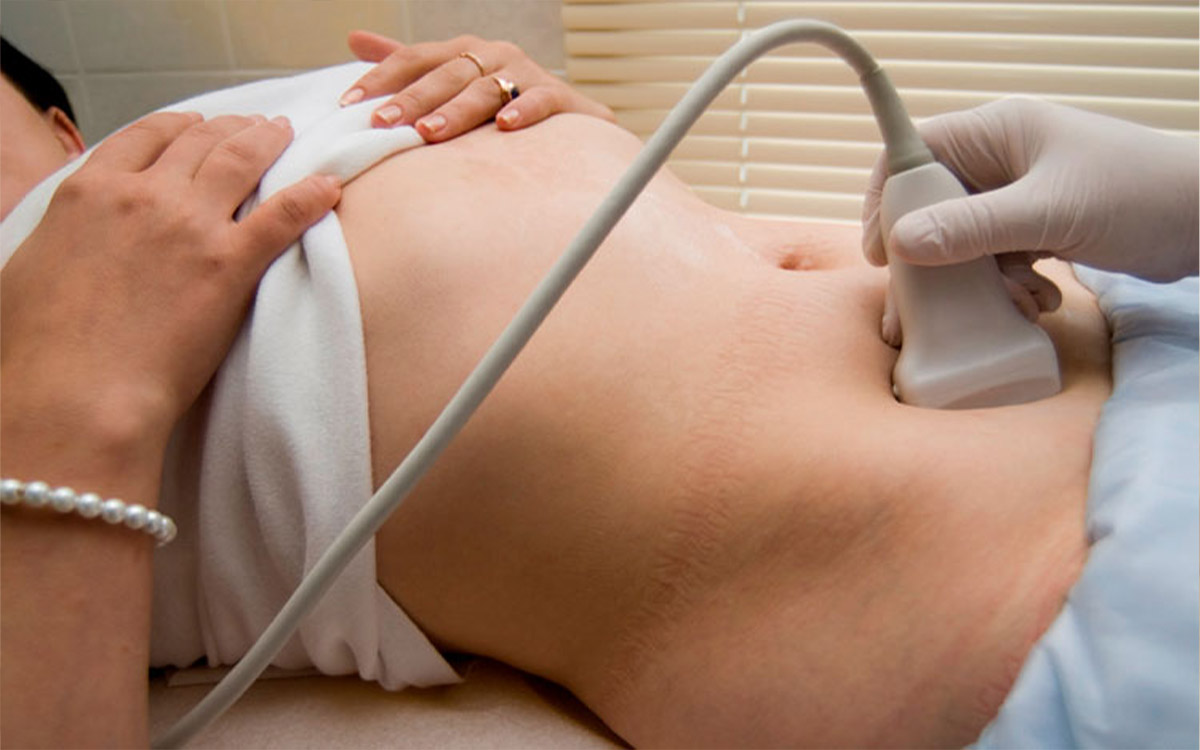Deep Vein Thrombosis
Causes, symptoms & treatment methods
Assoc. Prof. Dr. İlker Kiriş
Cardiovascular Surgery

What is Deep Vein Thrombosis?
The venous blood formed in our body is delivered to the right atrium and ventricle through the veins. From here, it goes to the lungs to be oxygenated and returns to the left atrium and ventricle as arterial blood. Then it is pumped into the whole body through the aorta, the main artery from the heart.
Deep Vein Thrombosis Symptoms
Some findings may be present when deep vein thrombosis occurs. Besides, these findings are in approximately half of the patients who develop deep vein thrombosis. However, the signs and symptoms of this disease may also be associated with pulmonary embolism. If a person has signs and symptoms of both deep vein thrombosis and pulmonary embolism, he/she must seek medical advice immediately because these two diseases can cause death, if left untreated.
Deep Vein Thrombosis Treatment
Basic precautions are taken at the beginning of deep vein thrombosis treatment. Most of the treatment consists of preventive, blood thinning, and anticoagulant drug treatment that would prevent a new clot. Mechanical "catheter-mediated treatment" and "drug therapy for dissolution of the existing clot" can be applied to suitable patients who require intervention.
What is the Pelvic Congestion Syndrome?
The pelvic congestion syndrome, which is also known to cause inguinal varicose veins, is the formation of varicose veins in the pelvis and around the ovaries in the lower abdomen in women. It is a disease that causes unexplained abdominal pain, occult bleeding in the urine, and distinct varicose veins in the genital region and groin in patients.
What are the Causes of Pelvic Congestion?
Pelvic congestion syndrome, popularly known as the "enlargement of uterine vessels," can occur for many different reasons. The majority of people with this syndrome first complain of a dull pain that spreads to the groin or groin and causes considerable discomfort.
Diagnostic Methods regarding Pelvic Congestion Syndrome
It is still quite hard to diagnose pelvic congestion syndrome, but it is now a shorter and easier process compared to the past. However, this syndrome could be detected at an earlier stage in patients with highly noticeable varicose dilatation in the vulva or vaginal area.
Pelvic Congestion Syndrome Treatment
Until recently, there were some difficulties in diagnosing pelvic congestion syndrome due to unknown reasons. Therefore, the syndrome could not be treated efficiently. Besides, various methods were developed to treat the syndrome thanks to detecting a connection between chronic pelvic pain and varicose veins of the ovary and pelvic region.












